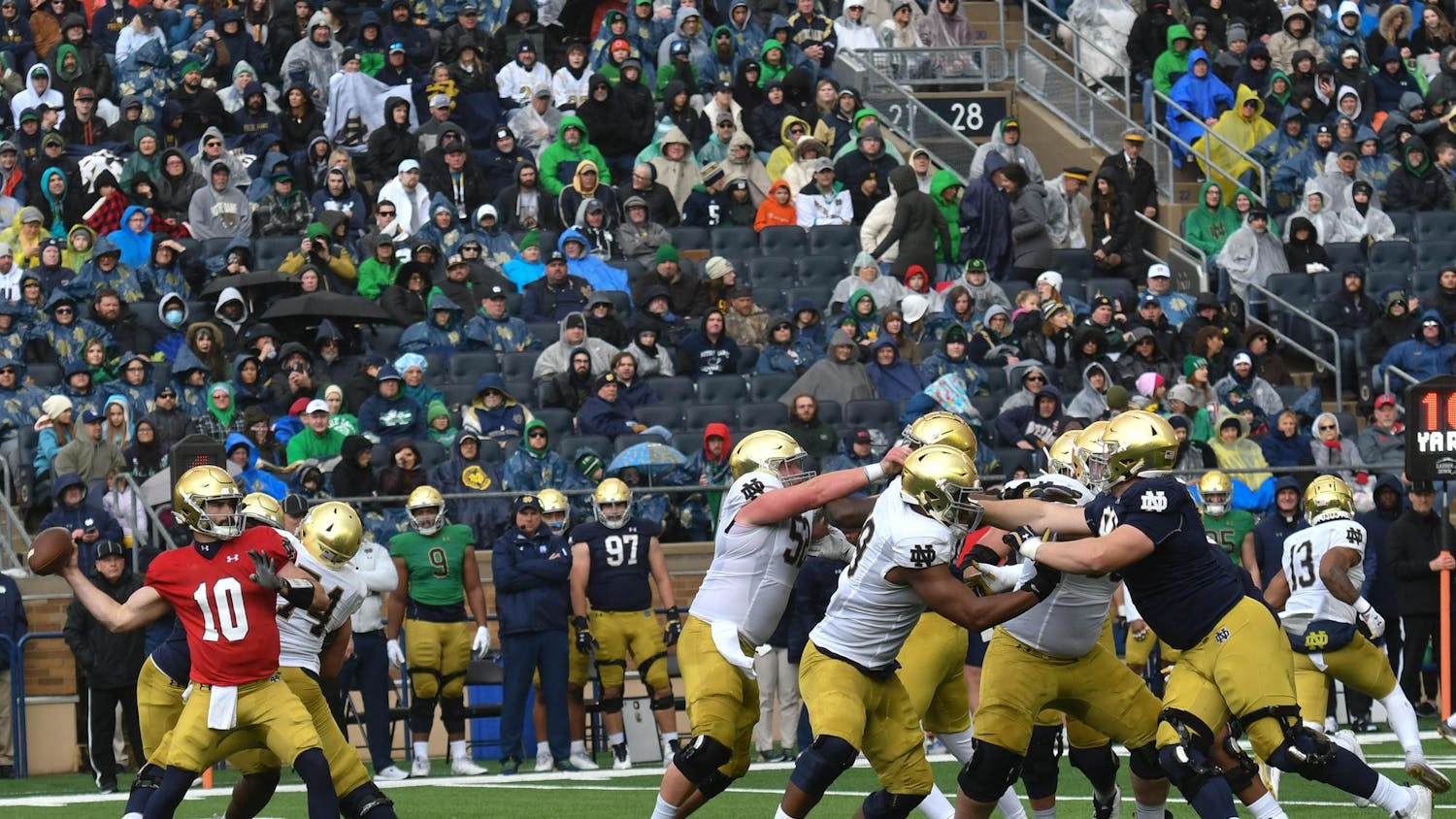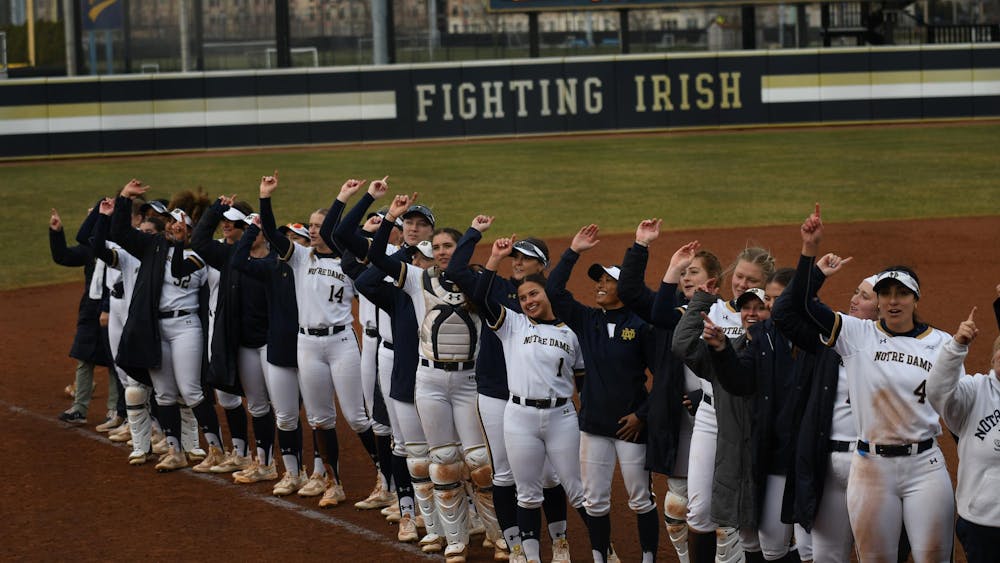In case you missed it over the weekend, the College Football Playoffs board of managers voted to expand the CFP, increasing the number of teams from four to 12.
The change is anticipated to begin in 2026 though there are reports that the change could be implemented as soon as 2024.

The change not only increases the field of participants but changes the seedings mechanics for the tournament as well.
How it works
The tournament will now include the six highest ranked conference champions (presumably all five of the Power 5 with one Group of 5) and then the six highest at large teams.
Now the four highest-ranked conference champions will be the top four seeds and receive a bye for the tournament's first round.
Teams 5-12 will faceoff, with the higher seeds hosting the lower seeds at their home stadium.
A little confused? That's fine; this idea will take a little getting used to. The best way to explain it is to demonstrate it using last year's pre-College Football Playoff Rankings poll.

The first requirement is the six highest ranked conference champions. So that group is (1) Alabama, (2) Michigan, (4) Cincinnati, (7) Baylor, (11) Utah, and (12) Pittsburgh.
The next order of business is to figure out the six at-large bid recipients. First would be (3) Georiga, then (5) Notre Dame, (6) Ohio State, (8) Ole Miss, (9) Oklahoma State, and finally (10) Michigan State.
We have our 12 teams now for the seeding.
Seeding the field
So, the first rule is that the top four conference championship teams would automatically receive a bye in this year's version: Alabama, Michigan, Cincinnati and Baylor.
Given that only the top-four squads get a bye, I would assume that the lower two champions essentially enter the pool with the at-large to earn their spot, though I could be wrong about that.
Assuming that Utah and Pittsburgh enter the pool with the at-larges, the seeding would follow this order: No. 5 Georgia vs. No. 12 Pittsburgh, No. 6 Notre Dame vs. No. 11 Utah, No. 7 Ohio State vs. No. 10 Michigan State and No. 8 Ole Miss vs. No. 9 Oklahoma State.
Now that does seem unfair to the conference champions, so I think that the way the CFP committee might lean is having five and six be the lower two conference champions. In that case, the matchups would look like this No. 5 Utah vs. No. 12 Michigan State, No. 6 Pittsburgh vs. No. 11 Oklahoma State, No. 7 Georgia vs. No. 10 Ole Miss and No. 8 Notre Dame vs. No. 9 Ohio State (funny how that one worked out).
Granted, those rankings, either way you slice it, are not perfect. In both instances, there are matchups featuring two teams from the same conference, something I would imagine the committee would want to avoid.
But you get a general idea of how it should work. Now that you have a rudimentary understanding of what the new change should look like, it's worth looking at the winners of this new playoff system.
Notre Dame
Currently, I can hear readers across the campus saying, "Wow, an Observer writer picked Notre Dame as a winner. Shocking."
And as predictable as it might be that the first place, I would go would be ND, I do legitimately think ND is one of the biggest winners of this announcement.
Think about it, the standard for ND to make the CFP has been go 12-0, or it's a no. And that was pretty much it for the Irish; it was 12-0 or joining the ACC to try and become a conference champion.
But now, ND has increased its margin for error dramatically. Last year ND went 11-1, and in both versions of the CFP that I ran, ND wound up hosting a home game in the first round.
Looking historically, if this 12-team gauntlet had been in place for the last five years, ND would have earned a playoff spot in 2021, 2020 (a year they already did), a first-team out in 2019, a spot in 2018 (again, they already did), a first team out in 2017 and 2016 is the only time the Irish are not at least in the conversation.
Going back even further would add some playoff berths to ND's resume. In 2015, the 10-2 Irish finished in the eighth spot, though nothing in 2014.
But imagine the recruiting advantage this now gives ND. The Fighting Irish can keep their independent status, which gives it tremendous influence over college football, but now it has a legitimate argument for being in the playoffs every year.
Even in this year, a year in which the loss to Ohio State feels like a season-ending result, Notre Dame would likely still be a heavy favorite to make the playoffs.
Group of 5
A lot of the same things that benefit ND benefit the Group of 5 Conferences (AAC, C-USA, MAC, MW and SBC).
While the Group of 5 does not have the prestige of ND, they still get the bonus of being able to say they have a legitimate chance of making the playoffs, even if they do not make it to the title.
And this spot would not just get dominated by the same team; all of the G5 Conferences (except for CUSA) would have been represented at least once, according to Bill Connelly of ESPN.
So instead of UCF declaring themselves national champions in 2017, they could have made the playoffs if we got to see the expansion, which would have been fantastic.
The SEC
The rich only get richer, right?
The creation of the CFP was to create parity, but did it?
Going back to the BCS era and calculating how many teams made the title game, I found that the SEC made 11 games or just above 1/3 of the total berths. Next was the ACC at seven, the B12 at six and the B10 at four, with the Pac12 rounding out the P5 at three.
And on top of that, the SEC had nine championships, or 56% of the total titles during the BCS run.
Now looking at the CFP era, sure, the SEC has seen its appearances-share go down from 33% to 31%, but its share of championships (five) is over 60% of the titles given away, meaning that by putting more teams in play the SEC just got better odds of claiming a title.
And to cite the Bill Connelly article again, once this expansion takes place, historically, half of the field would either be SEC or B10 teams, meaning that the SEC probably got better odds of winning a title again.
But of course, how could we forget? Money talks. And money wins. More than any team, conference, or group of conferences, the ultimate winners are the schools and broadcasting partners who are going to make money hand over fist.












